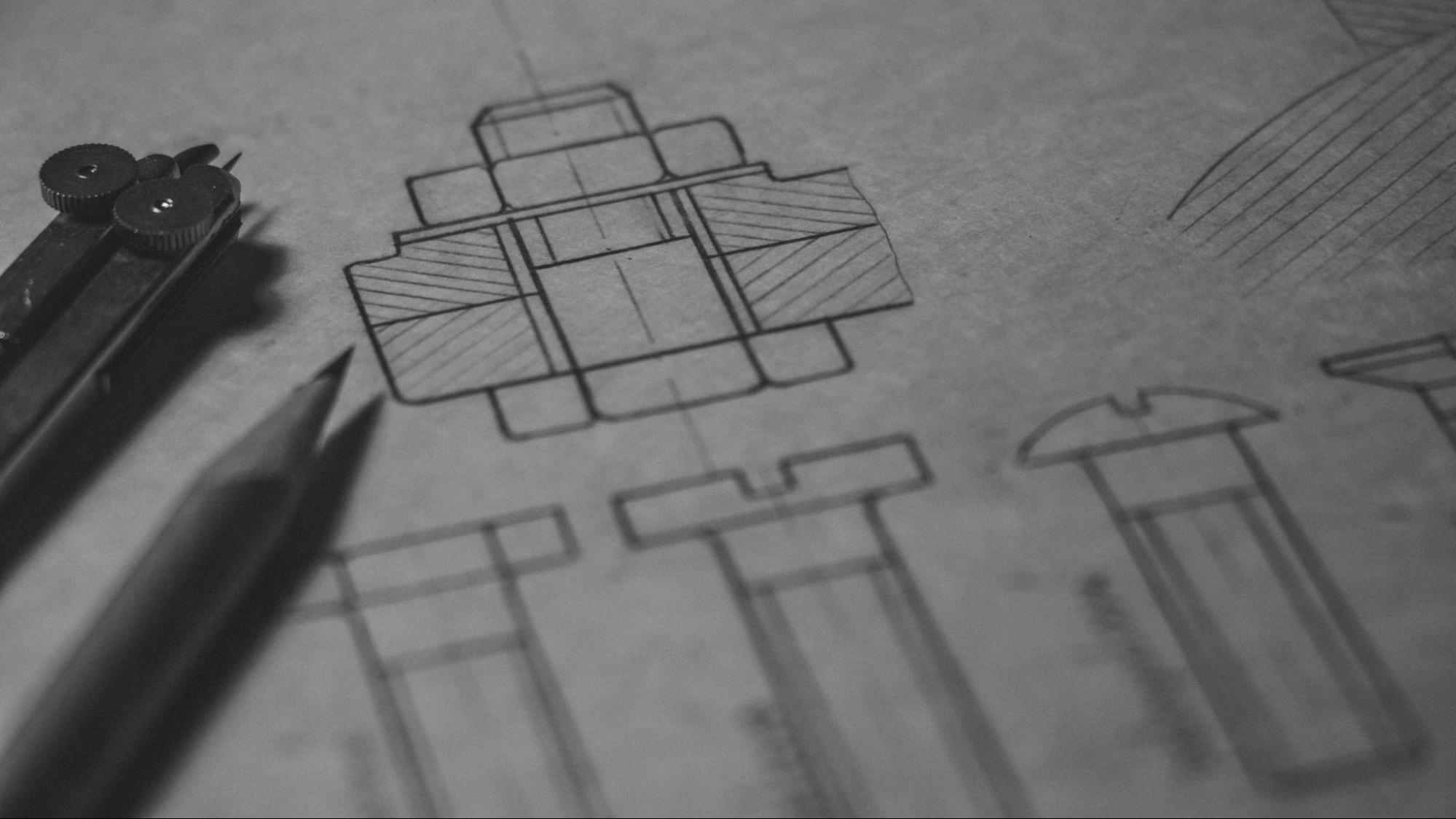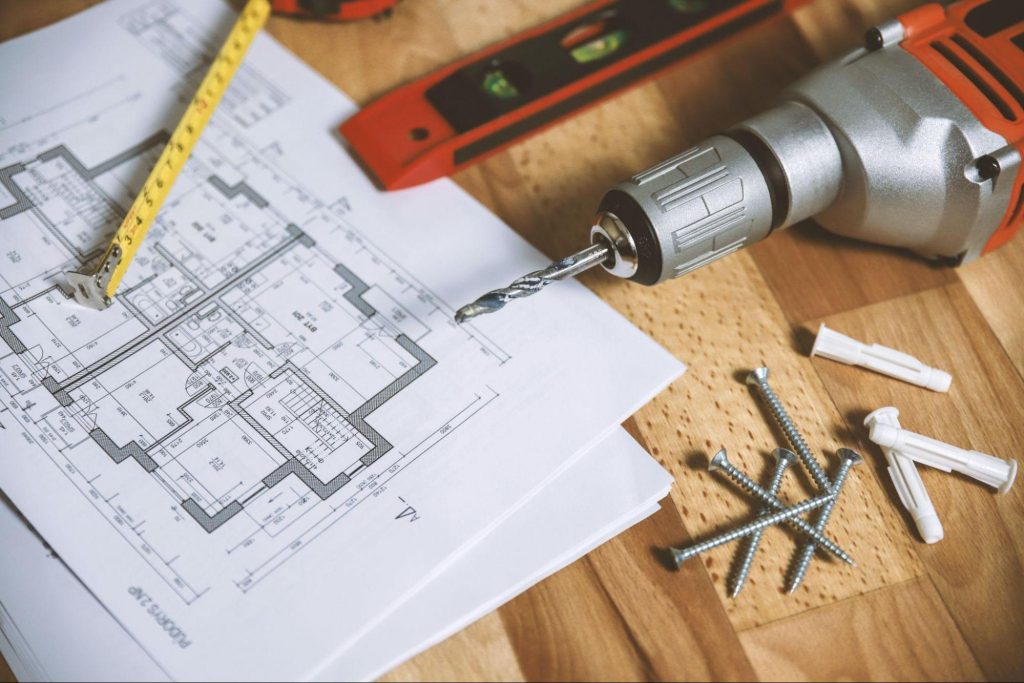Housing plans: the various types and why they are necessary

We’re sure you know that housing plans are the roadmap used to develop any architectural project, whether that’s a house or a business premises. And it’s no secret that they are an essential tool to graphically explain the dimensions, terrain and other features of the build, through diagrams.
In short, the different types of housing plans are representations that make it possible to explain a project and identify its most important aspects (without needing to see it physically, as you only see a sheet of paper).
Essentially, they become something akin to an instruction manual for a construction, and which, ultimately, become an important material for buyers and sellers, as they reveal basic details on space that has been built or is to be built, making it possible to take decisions regarding the house or property.
In short, a plan is the proper way to represent the construction of a house or property, with measurements, scales, distances and details. All of this is captured through technical drawing.
Types of plans
There are different types of housing plans, adapted to each construction. Obviously, we need to know how to interpret them if we want to know how the house is structured and therefore determine whether the layout is right for us.
The most noteworthy plans are:
- Location plan: provides details on the project location, such as the address, points of reference, avenues, streets, city and nearby constructions.
- Utilities plan: this is divided into three – one for electricity, one for sanitary utilities and another for gas. They include detailed information on these utilities, showing where they should be or are planned.
- Floor plan: contains accurate information on the different areas or rooms in the house. It shows, for example, what each living room, kitchen, bathroom or patio will look like.
- Layout plan: this enables us to see the interior layout of the house in regard to walls, doors, windows, rooms, green spaces, spaces for expansion or dead spaces.
- Structure plan: this includes many of the construction details, such as the materials, columns, thicknesses and paints, as well as the spaces within the house.
- Lighting plans: these accurately specify what the electrical wiring and the lighting will look like in the home. They even sometimes specify any sources of natural lighting.
Why are housing plans necessary?
Housing plans represent all of the details involved: materials, structure and even furniture. Through these, we can discover the tiny details involved in a project, make any modifications or adjustments before construction, and even use new technology to create a virtual tour of the property for potential buyers when it comes to selling it, by animating what the space will look like when it has been built according to the plans. If it has already been built, these plans would show how it could be improved or how each space could be better taken advantage of.
We must first remember that the plans also help to set the value of the property, as these are the first preview of the house when it has not yet been built. They offer a sort of first impression (if for example, the property is purchased on the basis of a plan it is usually cheaper than buying properties that have already been built).
How to interpret plans
It is important to know that plans are drawn to scale, making it possible reduce the dimensions and therefore have a full view of the property on just one sheet of paper.

Bear in mind that the scales indicate that the plan measurements are 50 or 100 times smaller than the real construction dimensions. (This is important if you want to know how to read a housing plan.)
So, for example, if you want to draw a 2-metre window on a plan, this window at a scale of 1:100 would be just two centimetres on the plan. If the door to a storage room is one metre, on a scale of 1:100 it would be just one centimetre, and so on.
Bear in mind that all the information on the plans is also codified using different symbols and relevant details. Many of these symbols are easy to recognise visually. For example, when they refer to furniture, pipes, internal areas or external areas, there will be a specific drawing for each thing. Remember to check these properly to avoid any surprises.
As you can see, housing plans are essential if you want to understand the structure in detail or start it from scratch, as they provide order and direction. They can be used as a construction map and they inspire confidence when understood properly, as they essentially offer a photograph of the house or property’s skeletal frame. Having them to hand and understanding them can quickly open doors when it comes to selling or deciding to purchase property.


